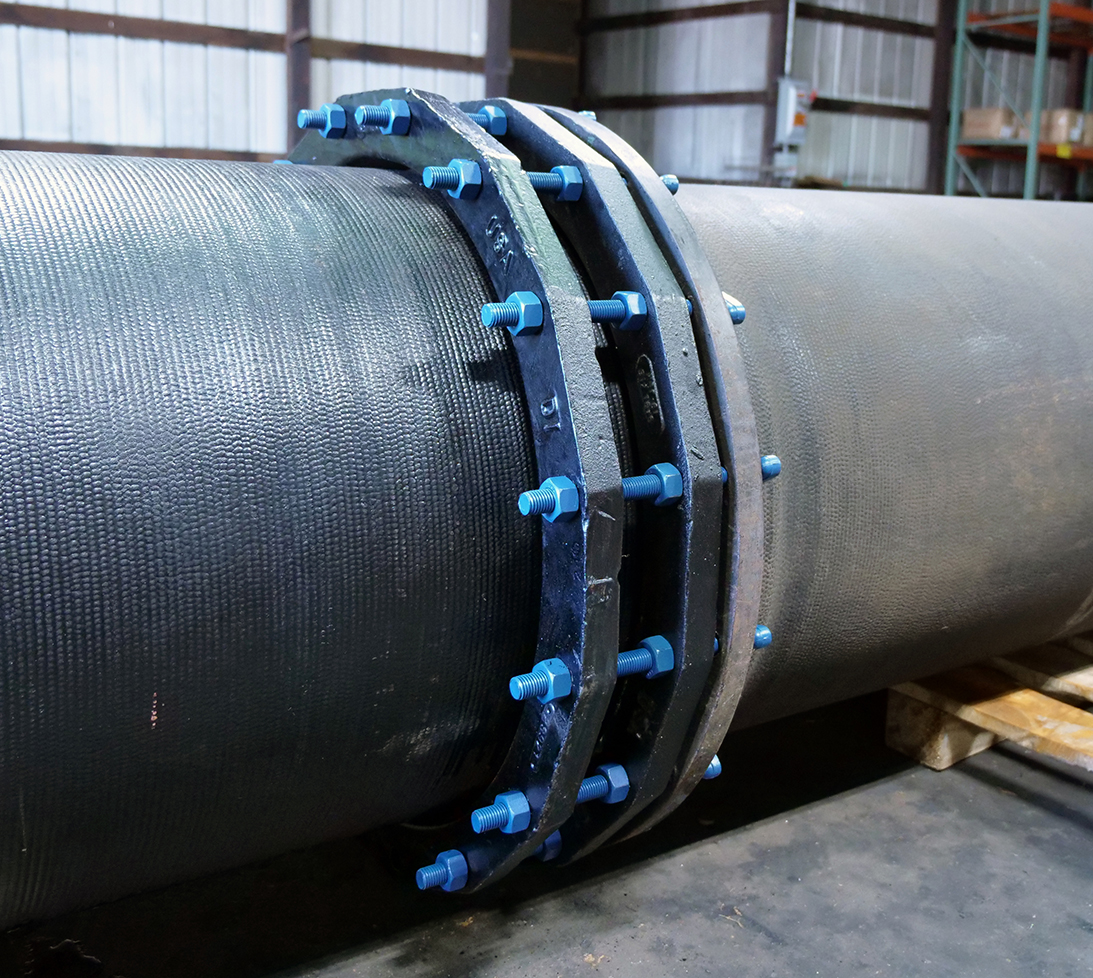Mechanical joints play a crucial role in various industries, providing the necessary connections and support for structures and machinery. Among the many aspects of mechanical joints, one key consideration is the concept of restraint. In this article, we will delve into the depths of mechanical joints and explore how restraint influences their performance and functionality. By understanding the principles behind restrained mechanical joints, we can unlock their full potential and optimize their application in diverse fields.
- The Essence of Mechanical Joints:
Mechanical joints are the backbone of countless structures, enabling the assembly of components and facilitating movement or load transfer. They come in various forms, including bolted connections, welded joints, and adhesive bonds. Regardless of the specific type, mechanical joints serve to unite separate parts into a cohesive whole, ensuring stability, strength, and durability. - Unveiling Restraint in Mechanical Joints:
Restraint refers to the degree to which a mechanical joint restricts or allows movement between connected components. It is influenced by factors such as joint design, material properties, and external forces. Restraint can be categorized into three main types: fully restrained, partially restrained, and unrestrained. Understanding the level of restraint is crucial for predicting joint behavior and optimizing its performance. - The Impact of Restraint on Joint Behavior:
Restraint has a profound impact on the mechanical behavior of joints. In fully restrained joints, where movement is highly restricted, load transfer occurs primarily through the joint interface. This results in higher stress concentrations and potential for localized failure. Partially restrained joints strike a balance between allowing limited movement and providing load-bearing capacity. Unrestrained joints, on the other hand, allow significant movement, which can lead to reduced stiffness and compromised structural integrity. - Design Considerations for Restraint Optimization:
To harness the full potential of mechanical joints, engineers must carefully consider restraint optimization during the design phase. Factors such as joint geometry, material selection, and fastener type play a crucial role in achieving the desired level of restraint. Finite element analysis and experimental testing can aid in evaluating and fine-tuning joint designs to ensure optimal performance and longevity. - Applications and Benefits of Restraint Optimization:
Restraint optimization in mechanical joints has far-reaching implications across various industries. In aerospace engineering, restrained joints enhance the structural integrity of aircraft components, ensuring safe and reliable operation. In automotive manufacturing, optimized restraint minimizes vibration and noise, improving overall vehicle performance and comfort. From construction to robotics, restraint optimization enables efficient load transfer, reduces maintenance costs, and enhances the lifespan of mechanical systems.
Conclusion:
Mechanical joints are the backbone of modern engineering, and understanding the role of restraint is essential for their successful application. By comprehending the nuances of restraint and its impact on joint behavior, engineers can unlock the full potential of mechanical joints. Through careful design considerations and optimization, the power of mechanical joints can be harnessed to create robust, reliable, and efficient structures and machinery across diverse industries.
